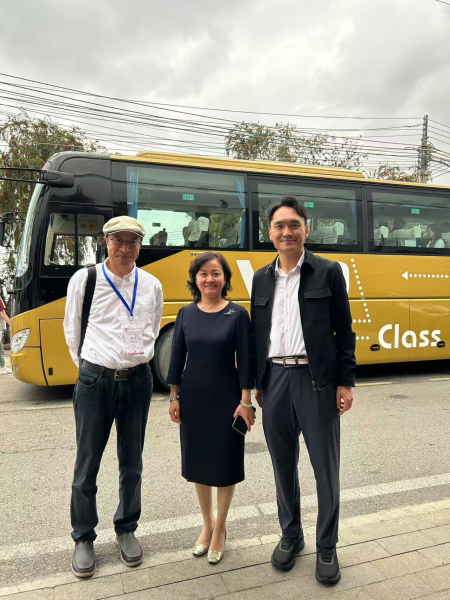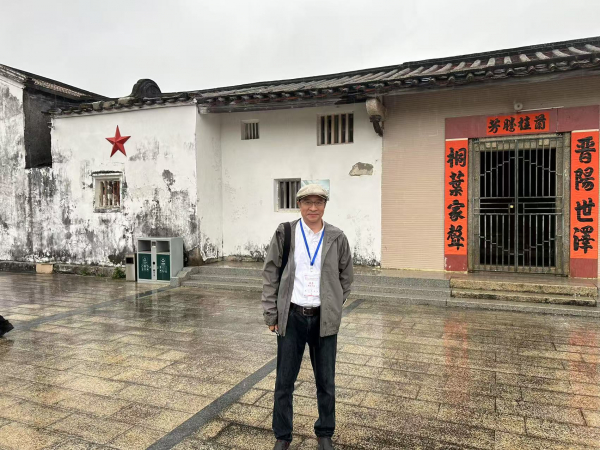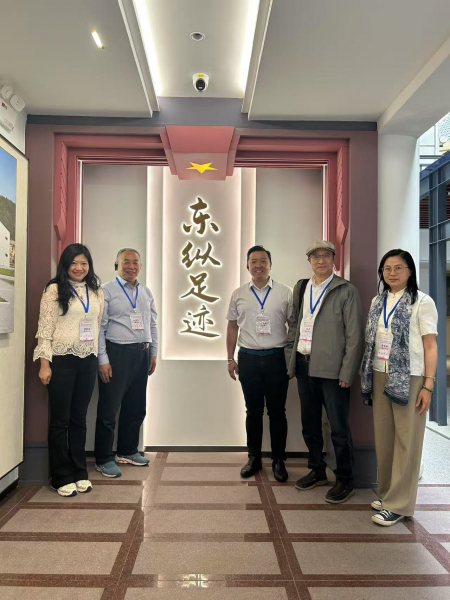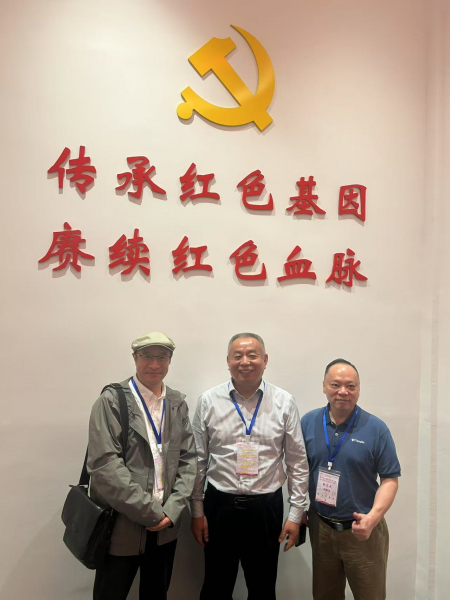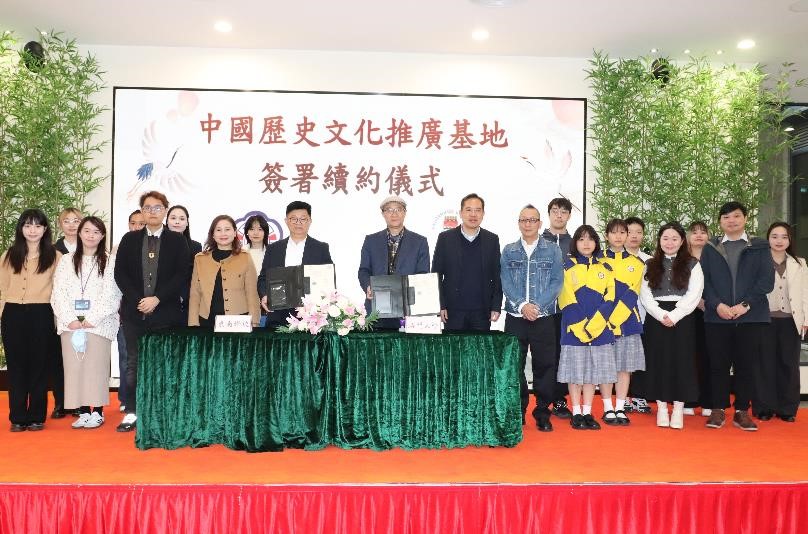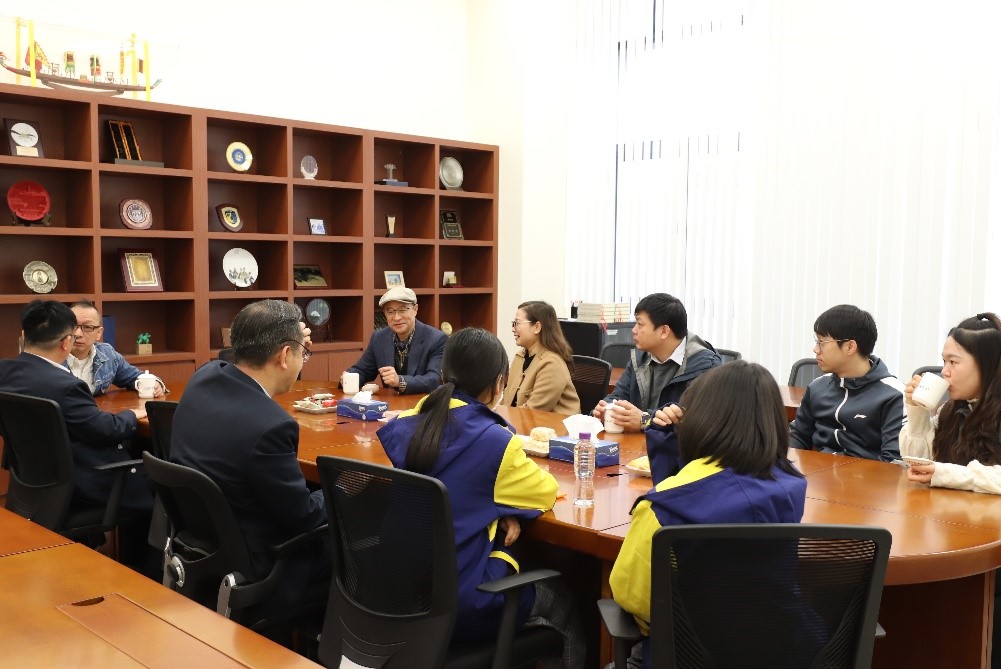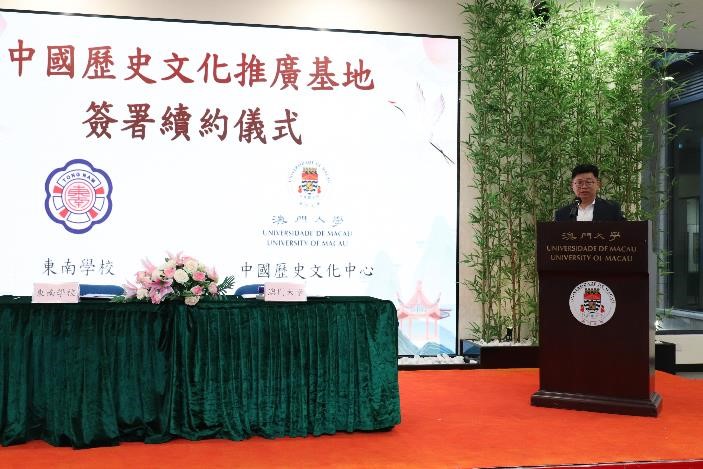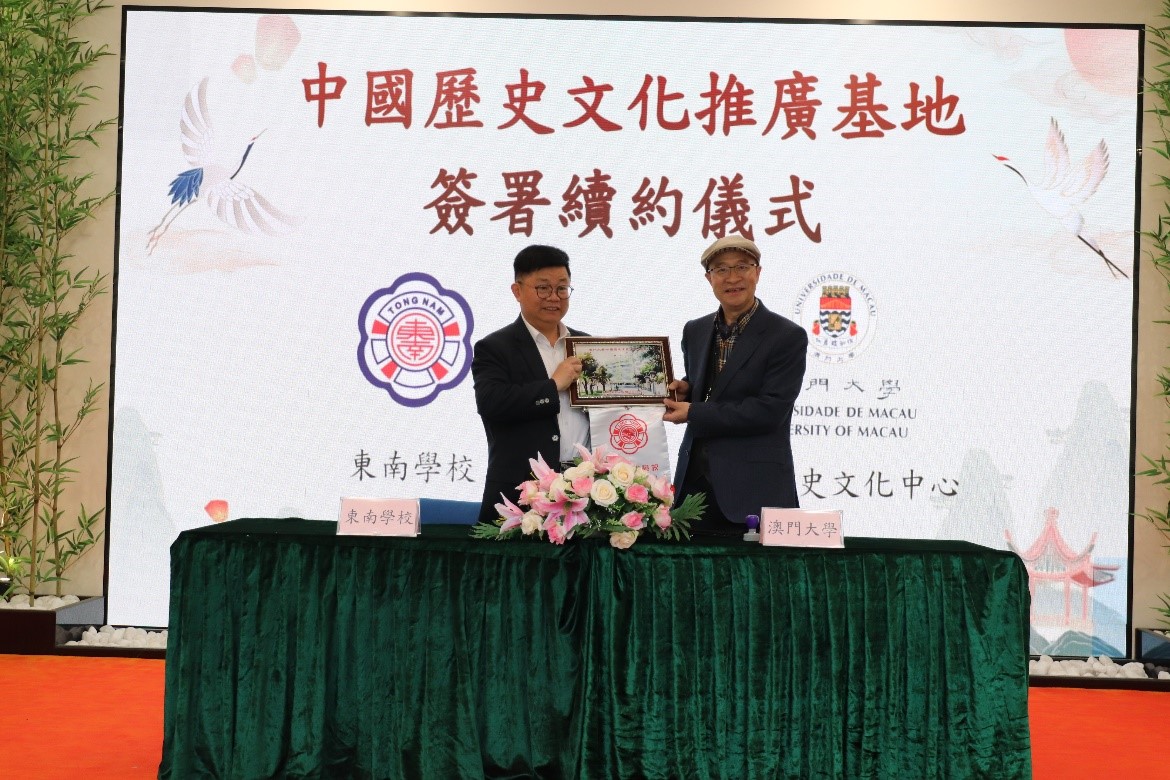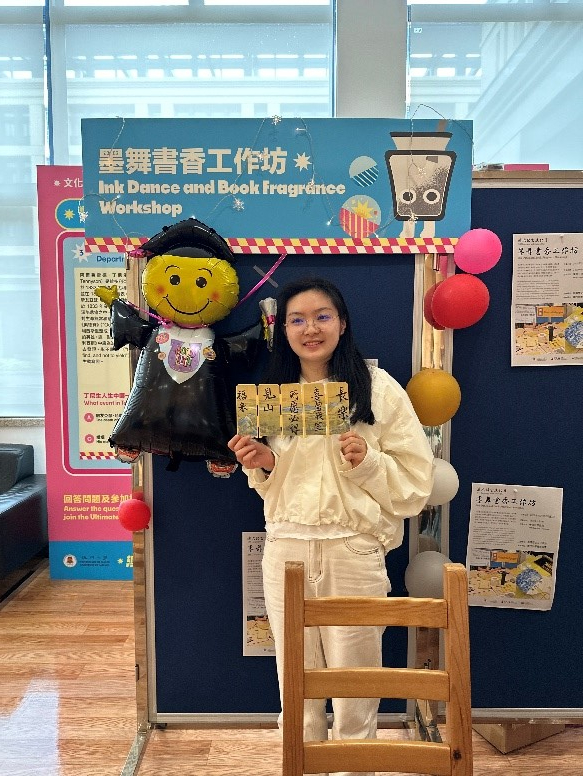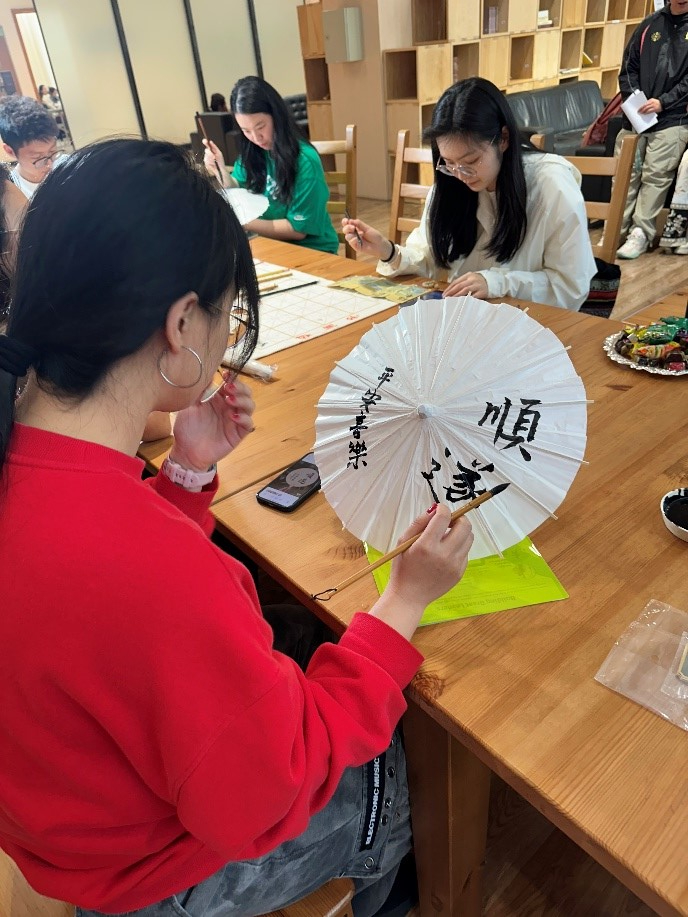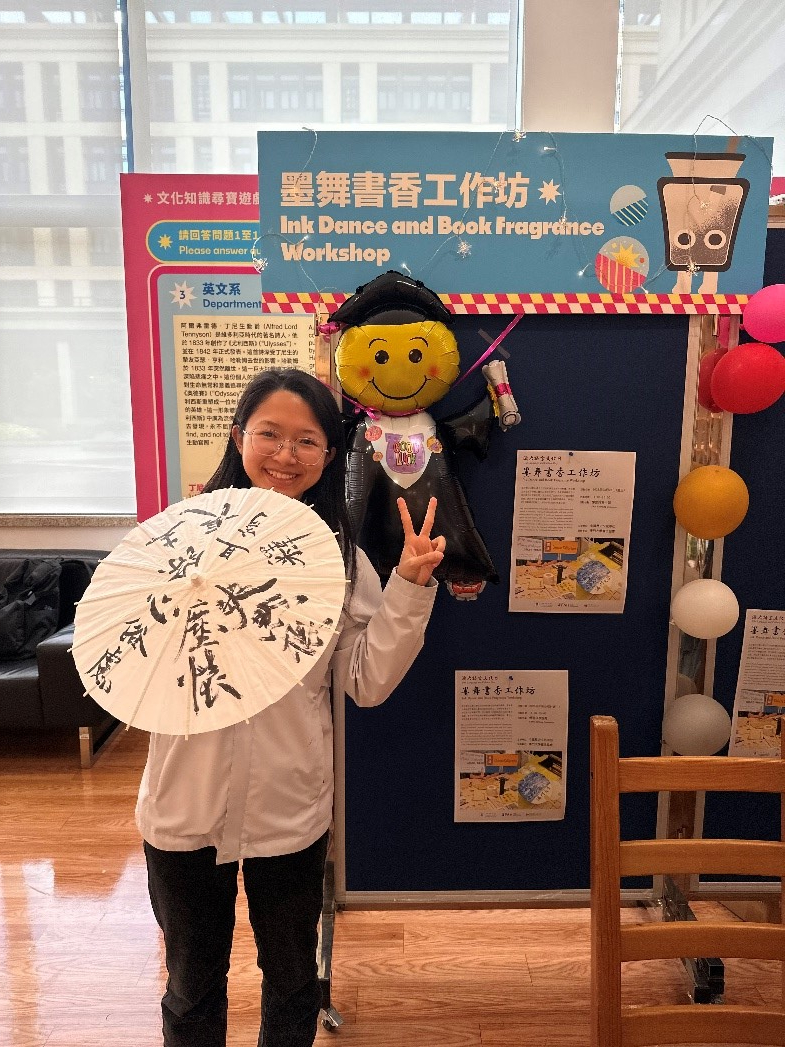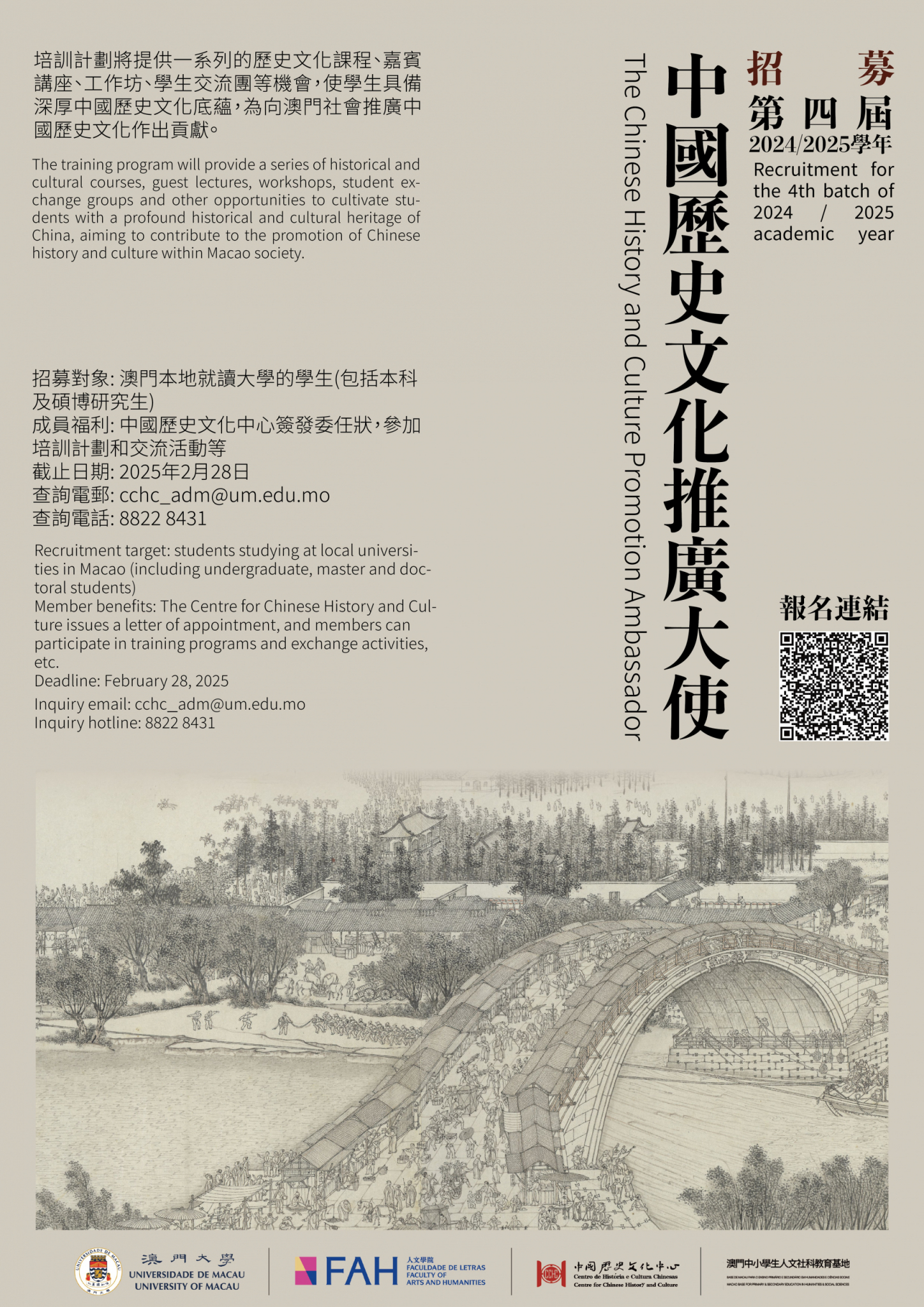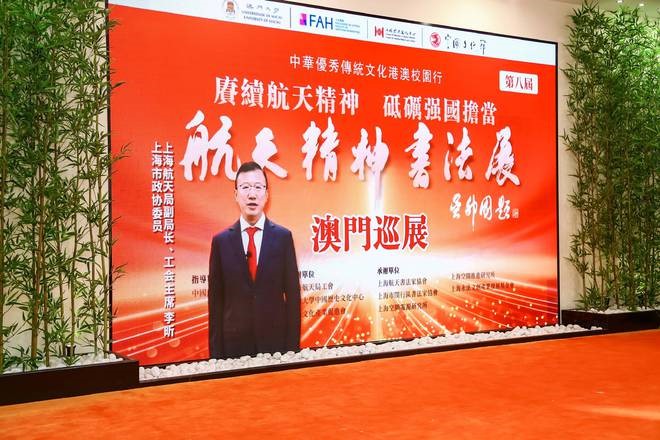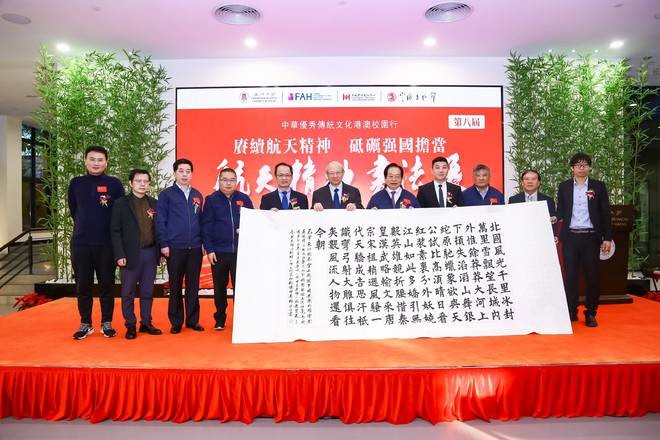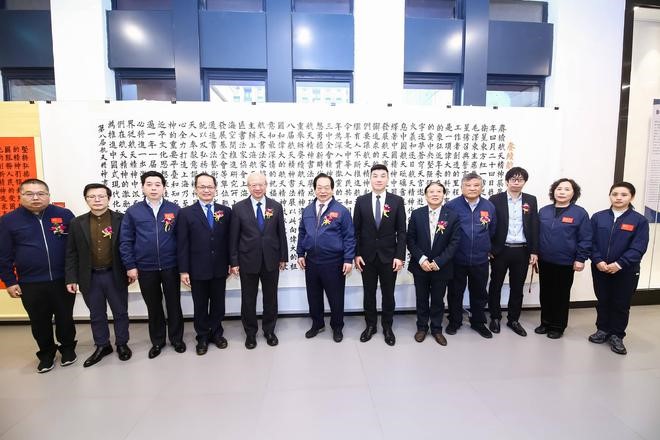The Ninth Phase of the Guangdong-Hong Kong-Macao Students’ “Guangfu Culture” Workshop Concludes Successfully

From April 4 to 6, 2025, the ninth phase of the Guangdong-Hong Kong-Macao students’ “Guangfu Culture” workshop was successfully held in Guangzhou, organized by the Centre for Chinese History and Culture of the University of Macau in conjunction with Jinan University and Escola Tong Nam, with the Hung Sin-nui Arts Centre as a co-organizer. The workshop aimed to “inherit Lingnan cultural context and deepen patriotic education,” utilizing an innovative model of “themed lectures & cultural exploration” to organize 38 teachers and students for an in-depth visit to key landmarks of Guangfu culture, enhancing the youth’s understanding and inheritance of Chinese traditional culture.
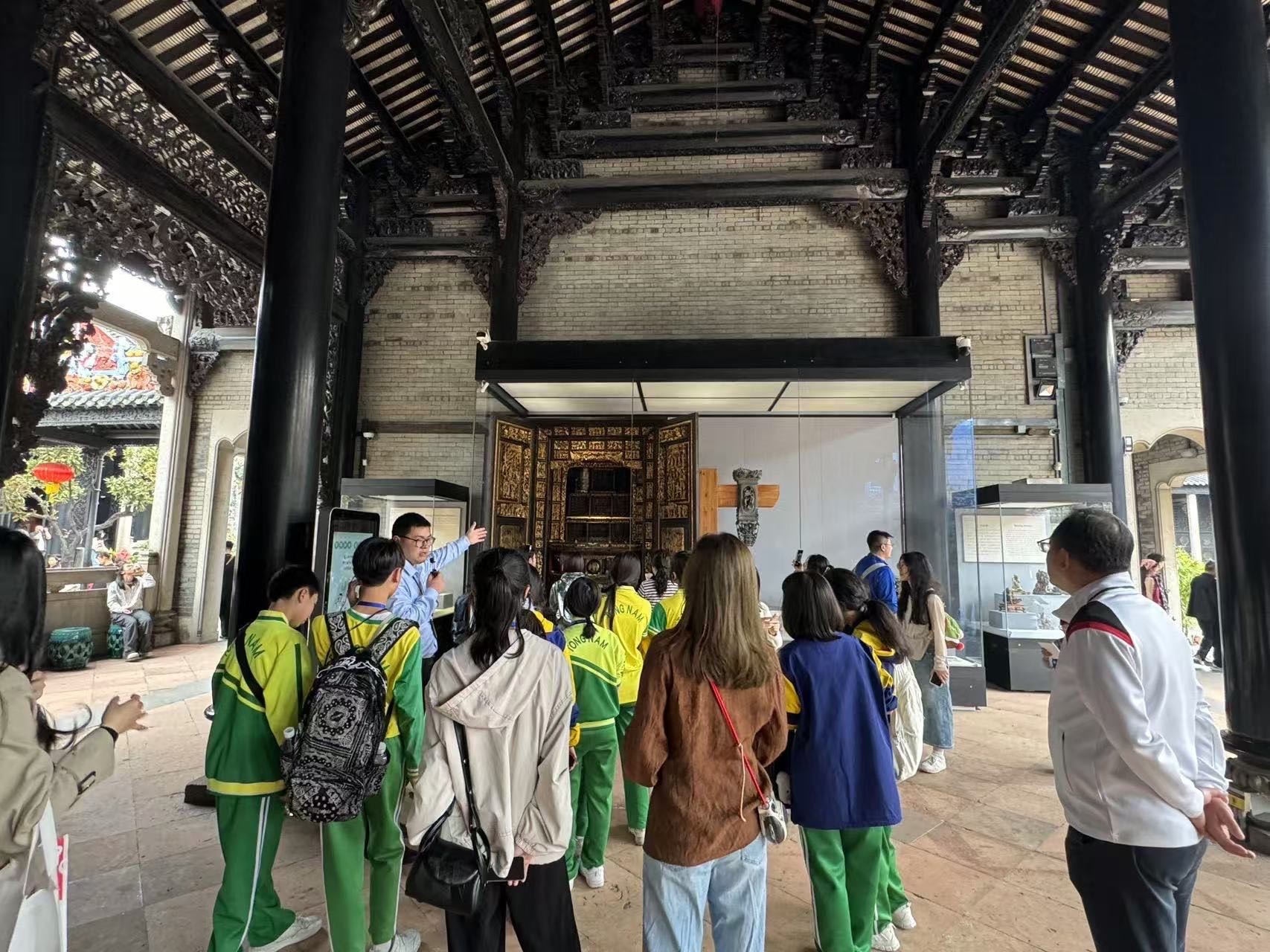
The first day’s itinerary focused on architectural art and urban culture. The workshop’s first stop was the Chen Clan Ancestral Hall, a “pearl of Lingnan architectural art,” where teachers and students interpreted the wisdom of Cantonese architecture through three-dimensional decorative art. Following this, a night cruise on the Pearl River provided a journey through time, allowing participants to experience the continuous civilization of the thousand-year-old commercial capital.

The second day’s activities continued the theme of national sentiment. During the Qingming Festival, all teachers and students solemnly held a memorial ceremony at the memorial site for the soldiers who died in the 19th Route Army’s defense against Japan, gaining insights into the national spirit through the interpretation of wartime artifacts. At the Hung Sin-nui Arts Centre, participants engaged in lectures and studied the history of Cantonese opera development through precious video materials, also practicing Cantonese opera singing and paying tribute with flowers to the founder of “Hongpai Art.”

On the final day, discussions revolved around the innovation of traditional culture. Professor Sun Enle from Guangdong University of Technology explained the contemporary transformation of Lingnan arts and crafts culture through the making of horse-face skirts. During the closing ceremony, a student representative expressed that “the three-day cultural exploration journey has deepened our understanding of cultural heritage under ‘one country, two systems.'” The workshop concluded with a visit to the former site of the Peasant Movement Training Institute, completing a dual enhancement of theory and practice at a red education base.

The Centre for Chinese History and Culture of the University of Macau serves as an important platform for the study and practice of Chinese historical culture in the Hong Kong and Macao regions, continually committed to promoting cultural identity education among Guangdong-Hong Kong-Macao youth. This workshop integrated three major modules: cultural exploration, intangible heritage learning, and red education, effectively combining theoretical learning with social practice, guiding students to comprehend the continuity of Chinese civilization within tangible cultural contexts. It aims to provide solid support for Macao’s educational practice of “cultivating people through culture and educating through history,” helping the youth of the Guangdong-Hong Kong-Macao Greater Bay Area deepen their national sentiment and strengthen the foundation of cultural confidence in Chinese culture.

